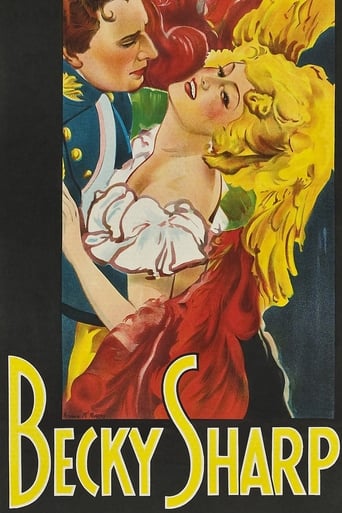


Becky Sharp
The first feature length film to use three-strip Technicolor film. Adapted from a play that was adapted from William Makepeace Thackeray's book "Vanity Fair", the film looks at the English class system during the Napoleonic Wars era.
-
- Cast:
- Miriam Hopkins , Frances Dee , Cedric Hardwicke , Billie Burke , Alison Skipworth , Nigel Bruce , Alan Mowbray


Similar titles
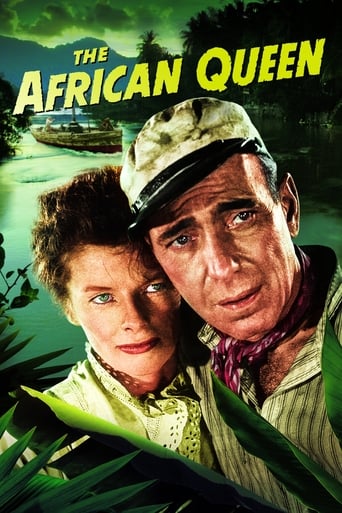
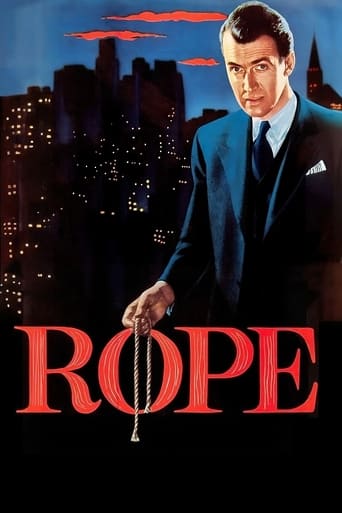
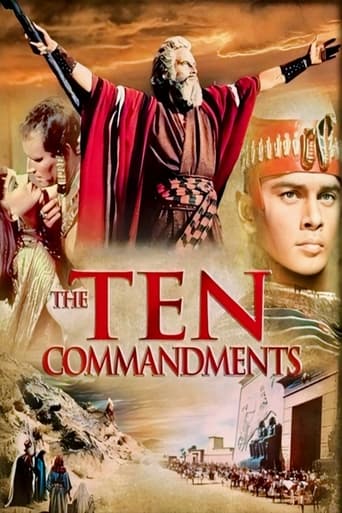
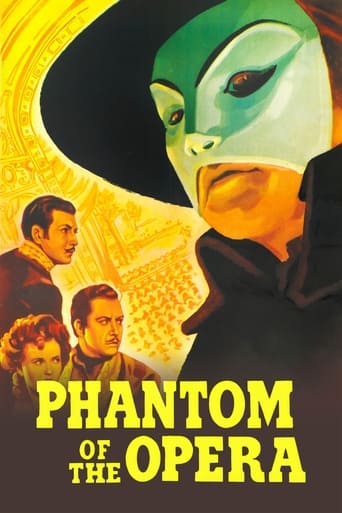
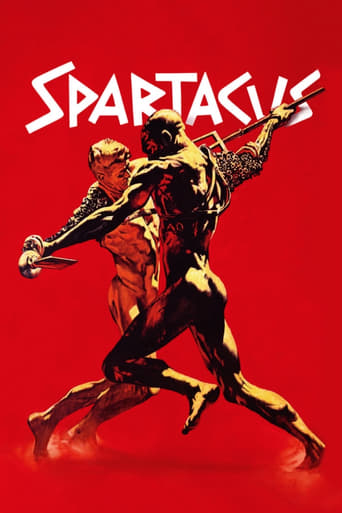
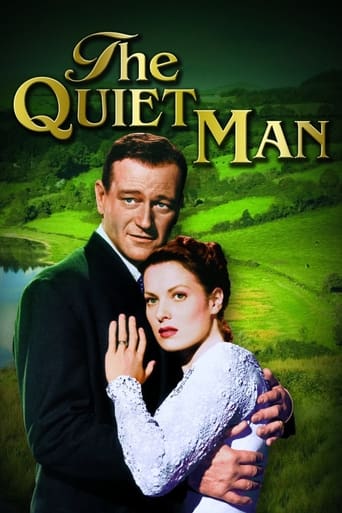
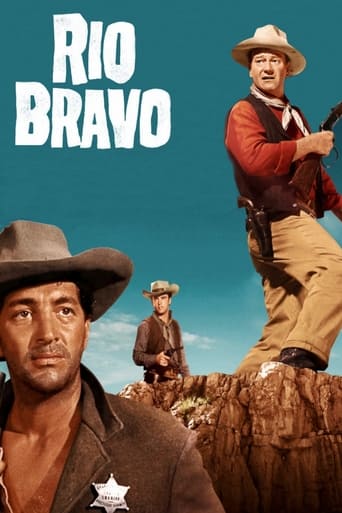
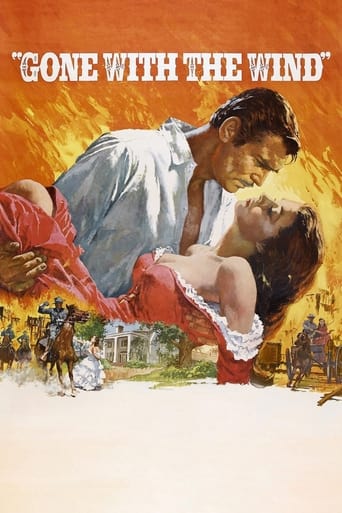

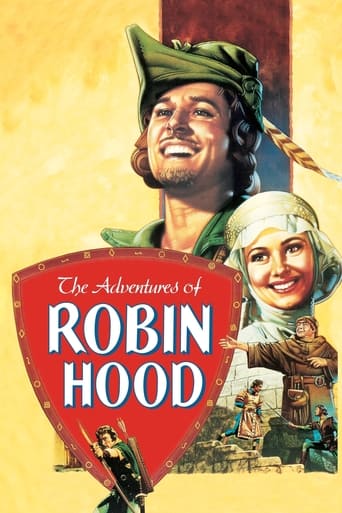
Reviews
Fresh and Exciting
By the time the dramatic fireworks start popping off, each one feels earned.
It's the kind of movie you'll want to see a second time with someone who hasn't seen it yet, to remember what it was like to watch it for the first time.
Through painfully honest and emotional moments, the movie becomes irresistibly relatable
Years ago, this movie played on American Movie Classics, where I was able to record a VHS copy and put it away for almost 25 years. While going through a box of VHS tapes in my garage recently, this movie surfaced and I watched it again to see what my reaction would be. This review is for the UCLA Restoration Print, which is what AMC played the day I recorded it. The first half-hour or so seems very fuzzy and occasionally out of focus, and the colors are so glaring that I often felt as though I was viewing a black and white movie that had been colorized(the yellows are especially off-putting). After this period of discomfort, the color seemed to stabilize and I was able to actually get into the plot of the film, which truth be told is pretty predictable once you realize that it basically involves a woman who uses whatever means necessary to advance her station in life. Miriam Hopkins is actually very good in a broad, humorous sort of way, and if you look at this as a star vehicle for her the movie succeeds. I also noticed that close-ups were consistently beautiful, so maybe the inconsistent color issues were related to the difficulty in shooting color scenes in long-shot.
You see, it's not so much the stories that count, it's the way they're told. Becky Sharp, the motion picture, came to be by a convoluted route. William Makepeace Thackeray's mid-19th century novel Vanity Fair was used as the basis for Langdon Mitchell's late 19th century stage play, which was in turn adapted for this 1935 movie. What have we lost and what have we gained? Of course, books, plays and pictures are very different things, and certain changes have had to be made so that each adaptation works for its particular medium. Becky Sharp bears all the hallmarks of a lengthy novel reworked for the stage. A play can't be over a certain length because it has to be seen in a whole evening, and yet individual scenes tend to be fairly long because of the disruption of having to change sets. Becky Sharp, perhaps surprisingly, changes very little of the basic plot, but it condenses the entire (900+ page) tome into a series of dramatic vignettes. Because the novel tends to tell of many important events in a by-the-by fashion, Mitchell was also forced to come up with a lot of his own dialogue. Finally, the play differs from the novel in that every episode is told from Becky's point-of-view, whereas Thackeray's narrative travels with a range of characters.So far, so disappointing (perhaps). But what was most important here was not that the story survived intact, but that the tone of Thackeray's masterpiece carried through. What is so special about Vanity Fair is the author's cynical, sarcastic tone, which makes a comedy out of these unpleasant goings-on. This is not an easy task in a motion picture, unless you were to resort to voice-over narration with passages from the novel (not especially en vogue in the 30s). But as it happens this motion picture does not do a bad job.Firstly, we have the right cast. Miriam Hopkins's Oscar nomination has raised a few eyebrows here and there, and it's true her performance is hysterically hammy. But that is Becky Sharp, a cheat and a liar whose entire life was an act. When she breaks down in false tears over her late mother's possessions, the moment seems silly, but it is supposed to be funny. The bulk of the cast are overblown caricatures, but again this is faithful to the novel. Thackeray wasn't subtle. Look at those names – Pitt Crawley, Lord Steyne even a minor character who didn't make it to this version called Sir Huddleston-Fuddleston. And most of the players are spot-on. Nigel Bruce simply is Jos Sedley, and George Hassell is perfect in his unfortunately brief appearance as Sir Pitt.Then there is Rouben Mamoulian's direction. His flamboyant visual style could be disastrous in the wrong picture, but here all his extroverted camera moves and trick shots pay off. With the condensed storyline, the overt technique helps to keep the flow. We are brought closer to the spirit of the original text by the fact that we are constantly aware of the director's touch, just as Thackeray constantly addresses his reader with a sly wink. This again highlights the fact that Becky Sharp is more enjoyable if it is taken as a comedy, not as a drama. It's just as well – Mamoulian let loose on a pure drama could be awful.This was famously the first picture in three-strip Technicolor, and as the use of colour here is especially good I'll devote a few lines to that too. Whereas some early colour pictures used blaring shades, Becky Sharp is filled with subtler tones – for example those rusty browns and greyish blues in the opening scene, much more effective than bold blue and red. And rather than simply colour-coding a character's costume or a set, we here see the tones flowing on and off the screen. To again take that opening scene, we begin with the warmer hues of Amelia and her friends, and then slowly move, via various different shades of dress and the growing amount of the stark wall that can be seen, to the cold blue-grey of Becky. Later in the first scene at the Crawley residence, all the colours are very plain, which gives more impact when Rawdon walks in in his bright red uniform. It's hard to say who is responsible for this smart handling of colour. Production designer Robert Edmond Jones is the celebrated inventor of "simplified realism", whereby sets complement action, but Mamoulian appears to have done a very similar job with the colour on the 1941's Blood and Sand. We'll assume it was a joint effort.Really, the only major flaw in Becky Sharp (and it is, I'm sorry to say, a very major one), is that the paring down of the narrative to 84 minutes without actually cutting much of the plot makes for somewhat confusing viewing. It's difficult to keep up with time and place, and the novel's legion of characters pop up then disappear before they have made an impression. Personally, I found Becky Sharp fun to watch because I am familiar with the novel and it was nice to see these figures brought to life so accurately. However, I first saw it before I read the book, and recall finding it bizarre and boring, as I suppose would the majority of viewers. For this reason, it fails in itself as a motion picture.
There is a lot of talk about this film and how it compares to the novel, the Broadway play, it's various remakes, and all the hub-bub over the colour. While all of that is interesting, none of it mattered to me before I watched the film. I had just finished watching Myrna Loy as Becky Sharp in the 1932 Vanity Fair, so I was familiar with the story and eager to see this film.This Becky Sharp is an amazing character. Where so much is implied and quieted down with the Myrna Loy version, Miriam Hopkins is brash, loud and daring. She openly insults people and royalty call her "fascinating" for it. She rides higher and higher, with it all culminating one night at a Royal banquet. The battle of Waterloo breaks out and in that moment her world crashes as well.Sometimes I really enjoy watching movies about people living by their wits and using people. At least Becky is beautiful and vivacious. She enlivens many mens' lives and she should be getting something in return for that. Besides scorn, which she got anyway from the ladies. Many people seem to forget how times were so different in the past and the only way a woman had to get ahead in the world was to play the game and "marry up". No one enjoys poverty, so it was natural for a woman to go after as much as she could. Keep in mind that the men encouraged this behavior in women as well. For if it didn't work, women wouldn't have behaved that way. This movie also hints at the hostility between the classes and just how difficult it is to rise above one's station. But Becky gets it very clearly, which is probably why she can work the system so well. Society is shallow and built on appearances. Behind closed doors it's a different world.I enjoyed the film, the characters, the outfits were awesome and I also liked that the film began and ended with Becky throwing a book at someone. That means something. ;) Read more of my reviews of public domain films at: http://pdmoviereview.blogspot.com/
Becky Sharp (Miriam Hopkins) is a lower class girl who, through her upper class friend Amelia Sedley (Francis Dee), does her best to become an upper class woman herself...and do anything to get there.Dull story with thudding dialogue (nobody ever talked like that) but I watched the whole thing. This movie has just two things going for it: Miriam Hopkins fantastic performance is one. She is playing a very unlikable character but she's so beautiful (in some shots she takes your breath away) and full of life that you can't help but root for her. The second thing is the groundbreaking use of color photography. I believe this is the first full-length feature to be filmed entirely in color. Director Rouben Mamoulian uses color creatively to express mood or show what a person is feeling or doing. I saw the restored print which has rich, beautiful colors. Even when the story was boring (which is often) with that lousy dialogue the colors and use of light and shadow kept me watching. With this film and the 1932 version of "Dr. Jekyll and Mr. Hyde", Mamoulian created new rules in how to direct sequences and use settings, light and shadow. Sadly, he's forgotten today.So, this is worth seeing only for Hopkins and the color. Don't watch it for the story or you'll be sadly disappointed.
